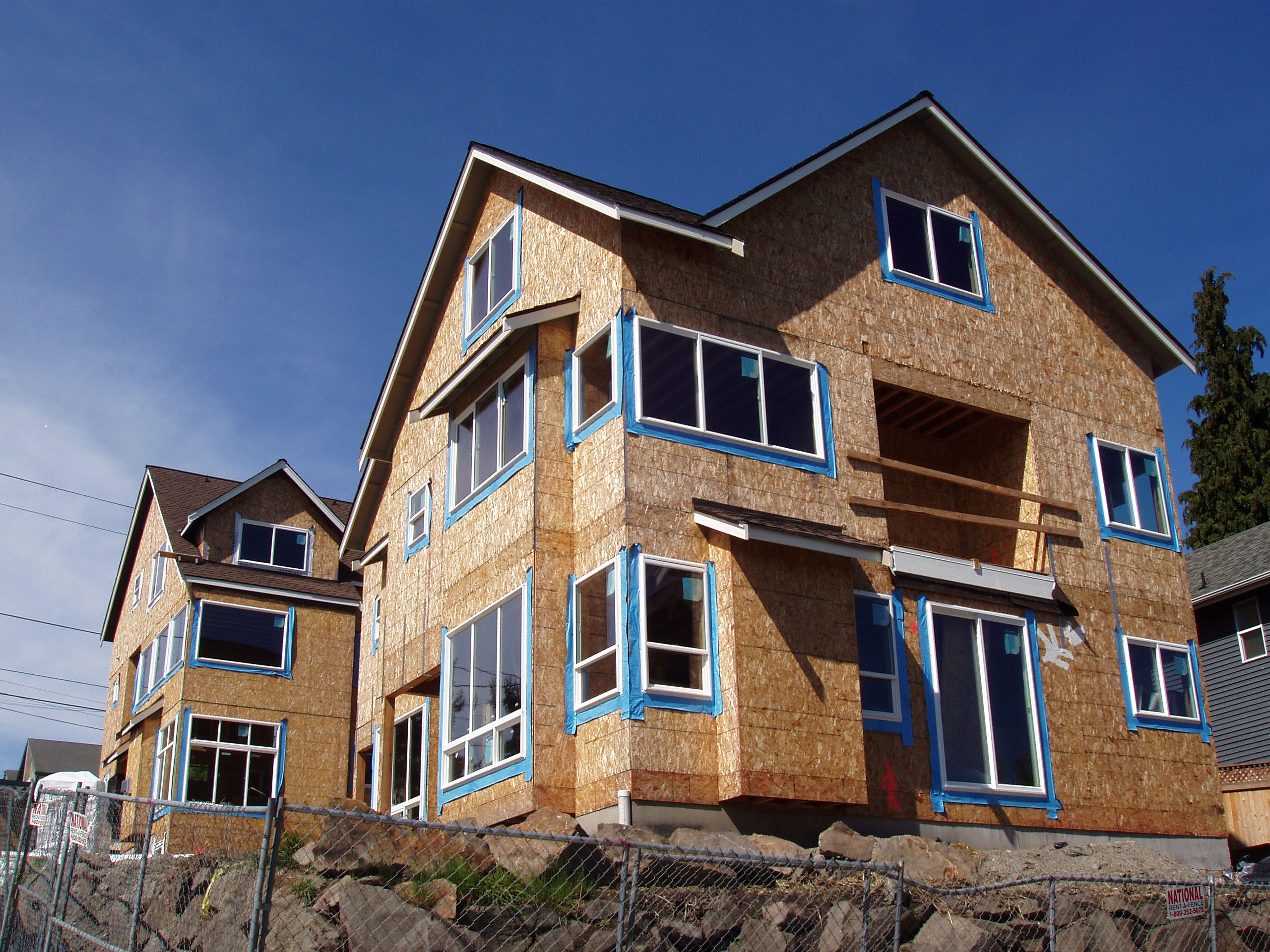
How to Comply with Washington’s Non-Essential Construction Order
On March 23, 2020, Governor Jay Inslee announced a “Stay Home, Stay Healthy” order. Pursuant to this order, Governor Inslee prohibited all non-essential businesses from operating. However, the prohibition did not apply to “Essential Critical Infrastructure Workers,” which many construction companies and industry groups initially interpreted to include the majority of commercial and residential construction.
On March 25, 2020, Governor Inslee issued a memorandum stating that, in general, “commercial and residential construction is not … considered to be an essential activity.” Governor Inslee outlined three limited exceptions:
Exception 1
- Construction related to essential activities as described in the order.
Exception 2
- To further a public purpose related to a public entity or governmental function or facility, including but not limited to publicly financed low-income housing; or
Exception 3
- To prevent spoliation and avoid damage or unsafe conditions, and address emergency repairs at both non-essential businesses and residential structures.
4 Questions Contractors & Tradesman Should Consider
All contractors and tradesmen should ask the following questions before proceeding with a project while the Stay Home, Stay Healthy order is in place (which, is currently in effect until at least May 4, 2020):
- Is the project for a business that is “essential”?
Please refer to the Governor’s list of “essential” businesses found here.
- Is the project for publicly funded low-income housing or to support a public entity or government function?
- Is the work necessary to prevent spoliation, avoid damage, or correct an unsafe condition?
For example, is there an ongoing water leak that if allowed to continue will cause further damage to the structure? Or, is there an exposed hole in the ground that could allow for erosion or create a safety hazard? Is temporary shoring needed to protect the structure? These kinds of limited exceptions do not allow you to completely remodel the exterior of a home, but rather, to take efforts to tarp, shore, or otherwise protect the structure to prevent further damage or to prevent an unsafe condition.
- Is it an emergency repair?
With regard to residential construction, is the work necessary to restore a single bathroom or kitchen in order to preserve access to hygiene and nutrition? If not, it will likely not be considered an emergency repair.
If the answer is yes to any of the above questions, then workers who are building, construction superintendents, tradesmen, or tradeswomen, or other trades including, but not limited to, plumbers, electricians, carpenters, laborers, sheet metal, ironworkers, masonry, pipe trades, fabricators, heavy equipment and crane operators, finishers, exterminators, pesticide applicators, cleaning and janitorial staff for commercial and governmental properties, security staff, operating engineers, HVAC technicians, painting, moving and relocation services, forestry and arborists, and other service providers may start or continue work.
However, all such construction activity must meet social distancing and appropriate health and worker protection measures before proceeding. For guidance, please refer to the United States Department of Labor’s Guidance on Preparing Workplaces for COVID-19 at https://www.osha.gov/Publications/OSHA3990.pdf and the Washington State Department of Health Workplace and Employer Resources & Recommendations at https://www.doh.wa.gov/Coronavirus/workplace.
If you have questions regarding whether or not your construction project should consider, please contact us.
